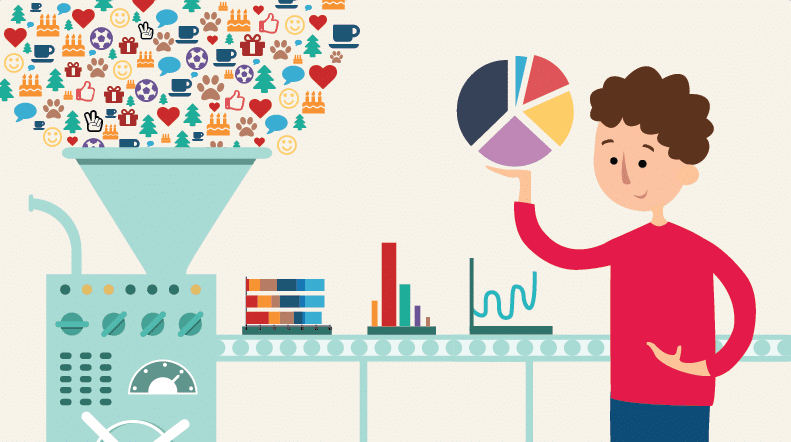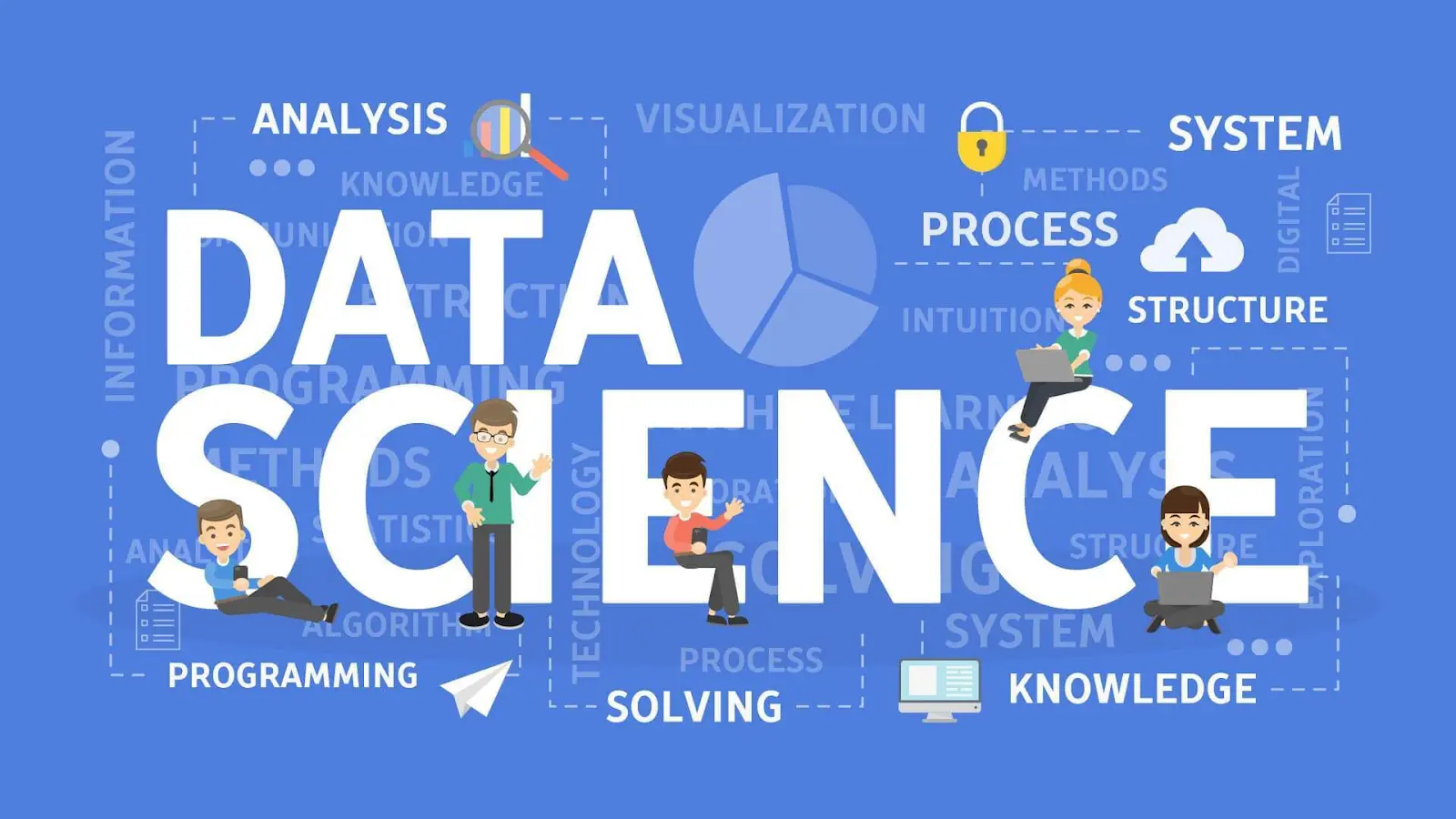Have you ever had a question about the way data works? Do you want to know what data science entails? Have you been looking for ways to improve your life using data science? Then read on; these are the 15 ways that data science can help you.
Data cleaning refers to identifying and correcting errors in your data set so it can be analyzed without bias. Data cleaning may include fixing misspelled names or addresses or removing duplicates. For example, you might have two columns for zip codes — one with state abbreviations and one without them — so you need to clean up that column so both versions use only numerical digits (0-9).
Data integration is the process of combining different sources into a single database or repository. This can include pulling in external API data, pulling internal information from other systems, or integrating two databases into one system. Whatever your needs are, multiple tools can help you perform this task.
Visualization is a crucial component of data science because it allows you to gain insights from your data without performing complicated statistical analyses . Using charts, graphs, and other tools, you can tell the story of your data in an easy-to-understand manner that anyone can understand.
Predicting future trends One of the most exciting things about data science is that it allows us to predict future trends. And if you have a product or service that people want, this is excellent news for your business. The most common way is through machine learning algorithms like artificial neural networks (ANN).
ANNs use nonlinear functions to mimic how our brain works when we learn new things or solve problems. They’re good at identifying patterns in large amounts of data, which makes them perfect for predicting future events based on experience. The more available information, the better they accurately predict what will happen next in any given situation.
Anomaly Detection Anomaly detection is a critical aspect of any data science project. It helps us identify the unusual behaviors or patterns in the system that could be used for detecting fraud and other such activities. Anomaly detection can also identify potential customers likely to purchase your product or service.
Modeling and forecasting Modeling and forecasting are two essential parts of data science . You can use modeling to create an idealized version of reality and then forecast how this model performs in real-world scenarios. For example, you can use modeling to create a predictive model that predicts how many people will visit your website based on factors like age and geographical location. Then, you can use forecasting to see how well this model performs when people visit your site (or whatever other outcome you’re trying to predict).
End-user Most people use data science tools as an end user without even realizing it. For example, you may have used Google Analytics or Facebook Ads Manager (both of which count as data science tools). If so, you’ve already begun your journey into the world of data science !
Application Developer Application developers often use data science tools as part of their daily workflows. This might be using a tool like Amazon Machine Learning (AML) to build custom applications for clients or internal use cases. It could use AML to provide new features for existing products like Amazon Alexa or AWS Insight Pipeline.
Researcher Researchers often rely on tools like AML and Scikit-Learn to help them explore datasets and generate hypotheses about how different variables interact. Many academic papers start with a description of the dataset being used (e.g., “The dataset contains 10 million rows…”), followed by results.
Exploratory Analysis Tools These help visualize the structure of your data set and perform basic statistical tests like t-tests and chi-squared tests on its variables. They often require some programming knowledge but can be helpful even for non-programmers who want to get into coding later!
Data Mining Data mining involves finding hidden patterns from large datasets that could help improve business decisions and products. This could include finding associations between variables or classifying objects based on specific attributes.
Machine Learning Algorithms Machine learning algorithms are used for advanced analytics and predictive modeling applications like fraud detection and credit scoring. The most commonly used machine learning algorithms include neural networks, random forests, and support vector machines.
Statistical Analysis Statistical analysis refers to the process of analyzing sets of data using statistical methods such as regression analysis, hypothesis testing, etc., to draw inferences about them. Statistical analysis can be performed using R programming language or SAS software toolkit among others.
What is The Purpose of Data Science? Data Science is a relatively new field, but it’s already making waves in the business world. With data science, businesses can uncover hidden trends and patterns in their data to help them make better decisions.
The purpose of data science is to extract knowledge and understanding from data, as well as to create new predictive models and algorithms that can be applied to large datasets. Data Science is a relatively new field combining statistics, mathematics, computer science, and information technology.
Data scientists are typically required to perform the following tasks: Collecting and storing data Analyzing the collected data to find patterns or trends Modeling the discovered patterns or trends to predict future events or behaviors Creating new algorithms based on the learned patterns or trends Making recommendations based on these predictions Data scientists may also be involved in creating user interfaces to make their findings accessible to non-technical users. What Are the Different Types of Tools For Data Science? Data science is an interdisciplinary field that uses scientific methods, processes, and algorithms to extract various forms of knowledge and insights from data. Data science can be applied to almost any topic, including healthcare, finance, social sciences, sports, and marketing.
Several different tools can help you in your data science studies.
Here are some of them: Data visualization tools : Data visualization tools are the most basic data science tools. They help you visualize the data in a way that makes it easier for people to understand. Some examples of visualizations include charts, graphs, and maps.
Text mining tools : Text mining is a technique used by data scientists to find valuable information from large amounts of text documents. It’s used for sentiment analysis (finding out if people feel positively or negatively about something) or keyword extraction (finding key terms essential for understanding the text). Text mining techniques can be used with structured and unstructured data sources (like emails or web pages).
Visual analytics tools : Visual analytics tools allow users to interact with their data via interactive visualizations such as graphs, maps, or charts on a computer screen rather than traditional reports or charts printed on paper. These types of data science tools can help you spot patterns.
Does Everyone Need Data Science Tools? Data science is a new field, and it is growing very fast. With this field’s growth, many tools can help you do all your work easily. But does everyone need Data Science Tools? Data science tools are potent in analyzing data and making sense of it. But they’re not necessary for everyone.
Data science tools can be a great addition to your business, but sometimes, they could be more worth the investment.
Some companies have already integrated data science into their operations, while others are just beginning to realize its potential. Many businesses have yet to understand how data science can help them grow.
The main aim of data science is to extract information from raw data and then use it to solve real-world problems. To do this, you need some tools that make your life easier.
Data science tools are designed to help people make better decisions based on the information they have. They can also be used as a way for people to communicate their findings clearly and efficiently to others who need to be more experts in the field.
Best Data Science Tools 

